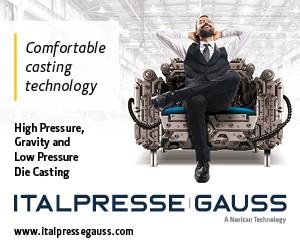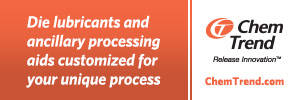The following guidelines will assist the designer in applying tabulated values of mechanical properties to the design of die castings.
Aluminum Alloys
- Best elevated temperature properties
- Best creep resistance
- Finite Element Analysis (FEA) is useful
- Add ribs to increase strength
Aluminum alloys offer the best properties at elevated temperatures and the best creep resistance of the four alloy groups of die casting alloys.
FEA accurately predicts stress levels, deflections, and vibrations in aluminum die castings. The techniques are frequently used to redesign cast iron housings in automotive drive lines as aluminum die castings. Where strength is critical, stress levels should be limited to 60 to 70% of tabular values, depending on wall thicknesses. When indicated stresses are above these levels, provision should be made to increase wall thicknesses or otherwise strengthen the critical area as indicated by test results, such as by adding ribs or gussets.
For example, when aluminum die castings replace iron castings in automotive drive line applications, such as this differential housing, deflections must be minimized to maintain critical running clearances between gears. FEA is being extensively used to optimize the die cast housings for maximum rigidity with minimum material.








